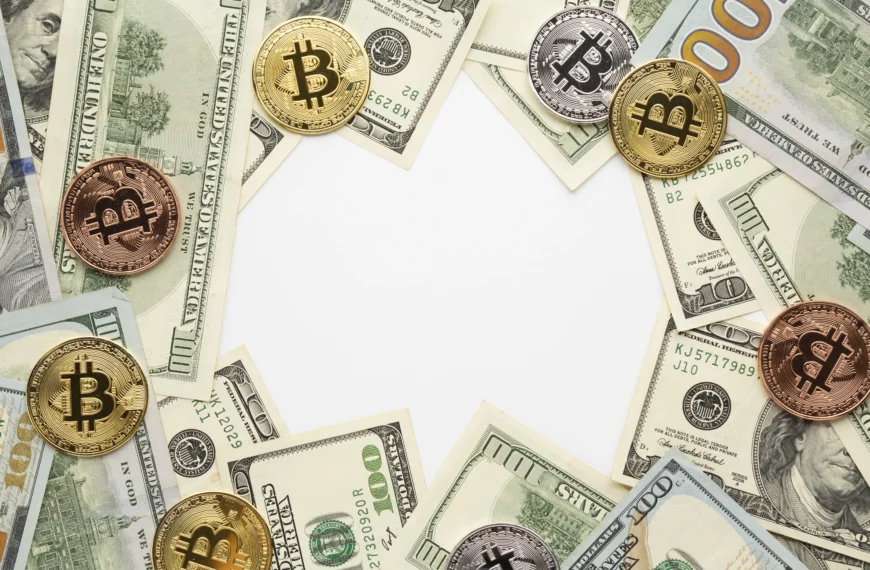Let’s be honest: most of us treat our smartphones like coffee mugs—always topped up and never really empty. And if you’re a proud OnePlus user, chances are you’ve left your phone charging overnight more times than you can count. But here’s the twist: Android 16 might finally put an end to our battery-abusing habits. Yes, the new update actually lets you customize how much juice your phone sips before it stops charging. Revolutionary? Not quite. But incredibly useful? Absolutely.
So, what’s this all about? Let’s read.
Table of Contents
1. The Battery Drain Dilemma: Why Overcharging Was a Concern
Smartphone batteries are like us after a heavy buffet—keeping them full all the time just wears them out. Lithium-ion batteries, which power most of our devices, aren’t too thrilled about being kept at 100% for hours on end. It leads to faster degradation, shorter battery lifespan, and eventually, yet another replacement you didn’t want to pay for.
Until now, most Android phones (including OnePlus) didn’t offer much flexibility. You either had a fixed 80% limit or you just watched your phone hit 100%, unplugged it too late, and hoped for the best.
So yeah—overcharging wasn’t technically an issue in modern phones (they stop charging when full), but maintaining them at 100% for extended periods? That’s where the damage quietly happened.
2. The New Feature in Android 16: Custom Charging Limits Explained
Now here’s the exciting part. In Android 16 Beta 2—currently rolling out to a lucky few OnePlus 13 users—there’s a new tool in town: Custom Charging Limits.
You can now set a charge limit at 80%, 85%, 90%, 95%, or 100%, giving you far more control over your battery’s long-term health. This means your phone can now intentionally stop charging at, say, 85%, even if you leave it plugged in all night.
It’s like putting a limit on your pizza slices. You know you can eat the whole thing—but maybe stopping at 4 is a smarter long-term move.
Previously, OnePlus only offered a hard-set 80% limit, mostly tucked away in settings where few dared to venture. This new update doesn’t just improve functionality—it makes battery protection accessible to everyone who knows how to tap a menu.
3. Will This Update Actually Extend Battery Life?
Here’s the million-rupee question: will it actually make a difference?
Yes. And it’s not just Android nerd hype.
Studies show that keeping lithium-ion batteries between 20% and 80% can significantly reduce wear and tear. Every time you push it to 100%, tiny chemical reactions occur that ever-so-slightly reduce capacity. It’s like aging—one birthday at a time.
Also Read: Is Your Samsung Galaxy Getting the One UI 7.0 Update Next Week?
By limiting your charging to 80–90%, you’re reducing stress on the battery. Over the course of a year or two, that can translate to noticeably better battery health and a higher resale value (if you’re the type to flip your phone every Diwali).
So while you may sacrifice a few percentage points in daily usage, you’re adding months—or even years—of battery performance.
4. What’s the Science Behind Battery Charging Limits?
Let’s break out the lab coats for a moment.
Smartphone batteries work best when they’re in a “happy middle”—not too full, not too empty. Charging to 100% pushes the battery to a higher voltage (typically 4.2V or more), which stresses the internal chemistry. It’s like running your engine at redline all the time.
Conversely, draining your battery to 0% also causes strain. The sweet spot? Keeping your charge between 30% and 80% as much as possible. That’s the zone where the lithium ions are most stable.
This isn’t new science. Laptop manufacturers like Apple and Dell have had battery health management for years. Tesla does the same for its car batteries. OnePlus just decided it’s finally time to join the cool kids’ club.
5. How Can You Use This Feature to Maximize Your OnePlus Battery Health?
Here’s how to actually use this new feature—assuming you’re on the Android 16 Beta (or once it rolls out more broadly):
Step 1:
Go to Settings > Battery > Charging Limit (actual path may vary slightly by update version).
Step 2:
Choose your preferred limit. We recommend 85% or 90% for daily use. Only go full 100% when you’re traveling or know you’ll be away from a charger all day.
Step 3:
Charge as usual. The phone will automatically stop charging at the limit you’ve set.
Bonus Tips to Boost Battery Longevity:
- Use original chargers and cables — Third-party stuff can be sketchy.
- Avoid heat — Charging while gaming is a double no-no.
- Turn on optimized charging — It slows down charging when you don’t need it fast.
- Don’t hover at 1% — Plug in before your battery throws a tantrum.
Final Thought: Is This the OnePlus Battery Savior We’ve Been Waiting For?
It’s not a dramatic, life-changing feature—but it’s one of those quiet quality-of-life updates that can save your battery (and sanity) over the long haul. The new charging limit control gives users a rare kind of power: the power to not charge.
OnePlus deserves some credit for actually listening to its community and implementing something that adds long-term value. And while it’s currently tucked inside the Android 16 Beta for OnePlus 13 users, there’s hope it will become standard across more devices soon.
So yes, with Android 16, you can finally stop overcharging your OnePlus—and for once, that’s a limit we’re happy to have.
















